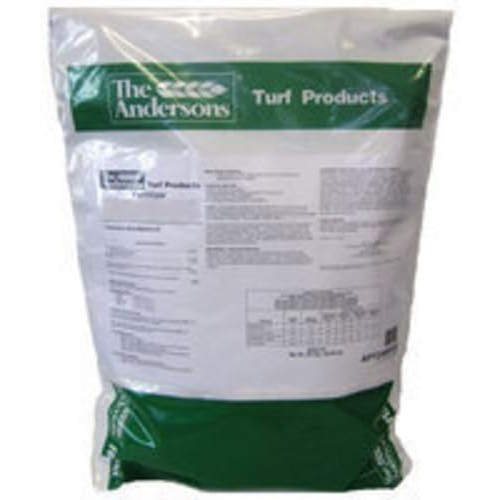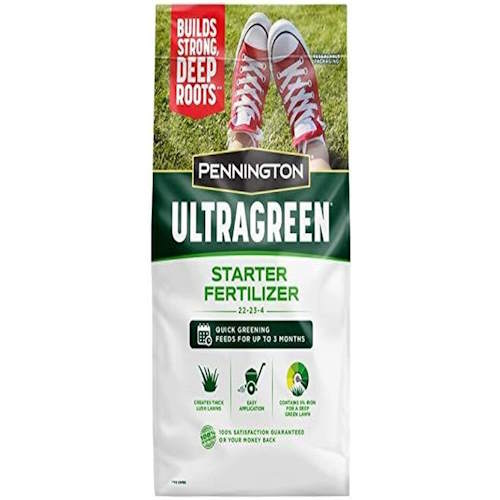When to fertilize a new lawn for effective results and healthy grass – from seed or sod
Give a new lawn the best potential start by fertilizing at the time of planting
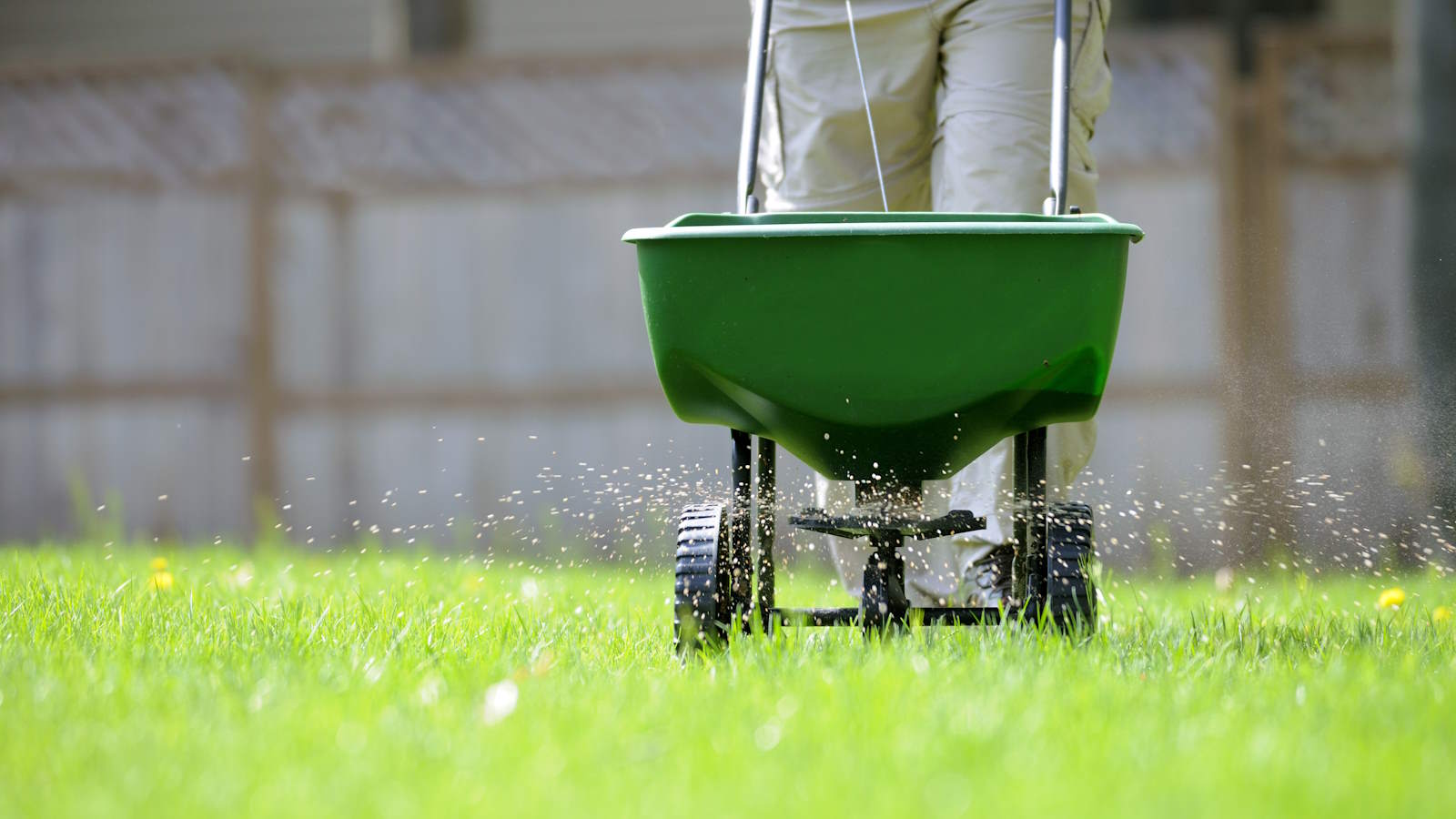

A lush and green lawn is often near the top of many homeowner’s desires, and we often spend countless hours each year caring for and manicuring our grass.
If you don’t have a lawn but want one, or yours doesn't resemble the dream lawn you envisaged, then the time has come to establish a new lawn - and you can choose from laying turf or sowing seed.
Knowing when and how to fertilize a lawn is an important part of a lawn maintenance regime. Especially so when it comes to a new lawn. Make the right choices and you'll get a fantastic lawn, however, incorrect feeding can result in unhealthy and patchy grass.
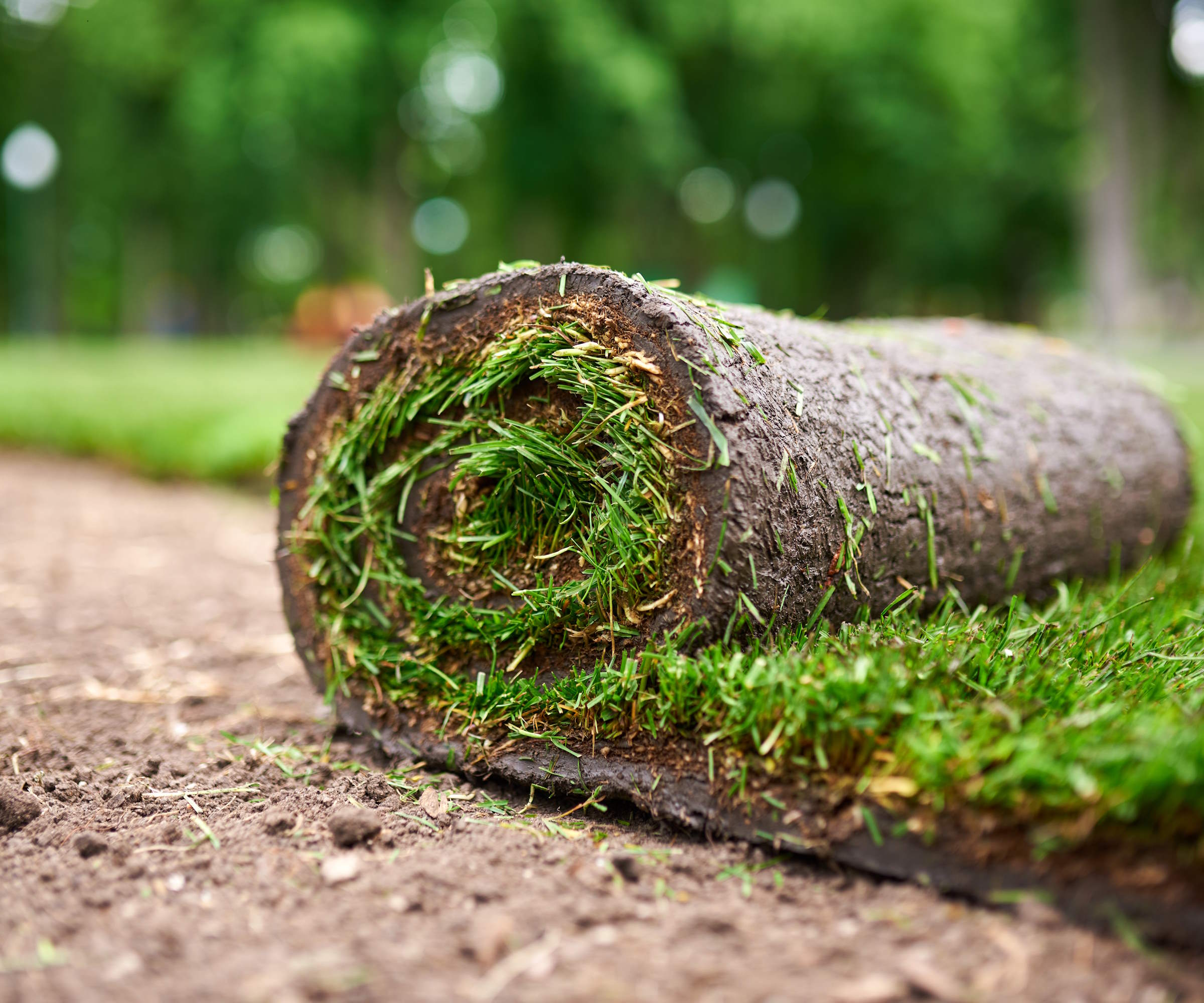
A new lawn can be established from turf or seed
The benefits of feeding a new lawn
If you start a new lawn, you want the grass to grow strongly and fulfil its potential. As part of any lawn care routine, feeding provides vital nutrients for strong and healthy grass. Alongside mowing, aerating, and dethatching, fertilizing is a key component of a gorgeous lawn.
Not fertilizing a new lawn is a lawn care mistake, and should be avoided. You could end up with bare patches of grass, or an under-nourished lawn that can be overrun by weeds. It may also struggle to withstand the mowing and footfall a lawn experiences.
Using a starter fertilizer
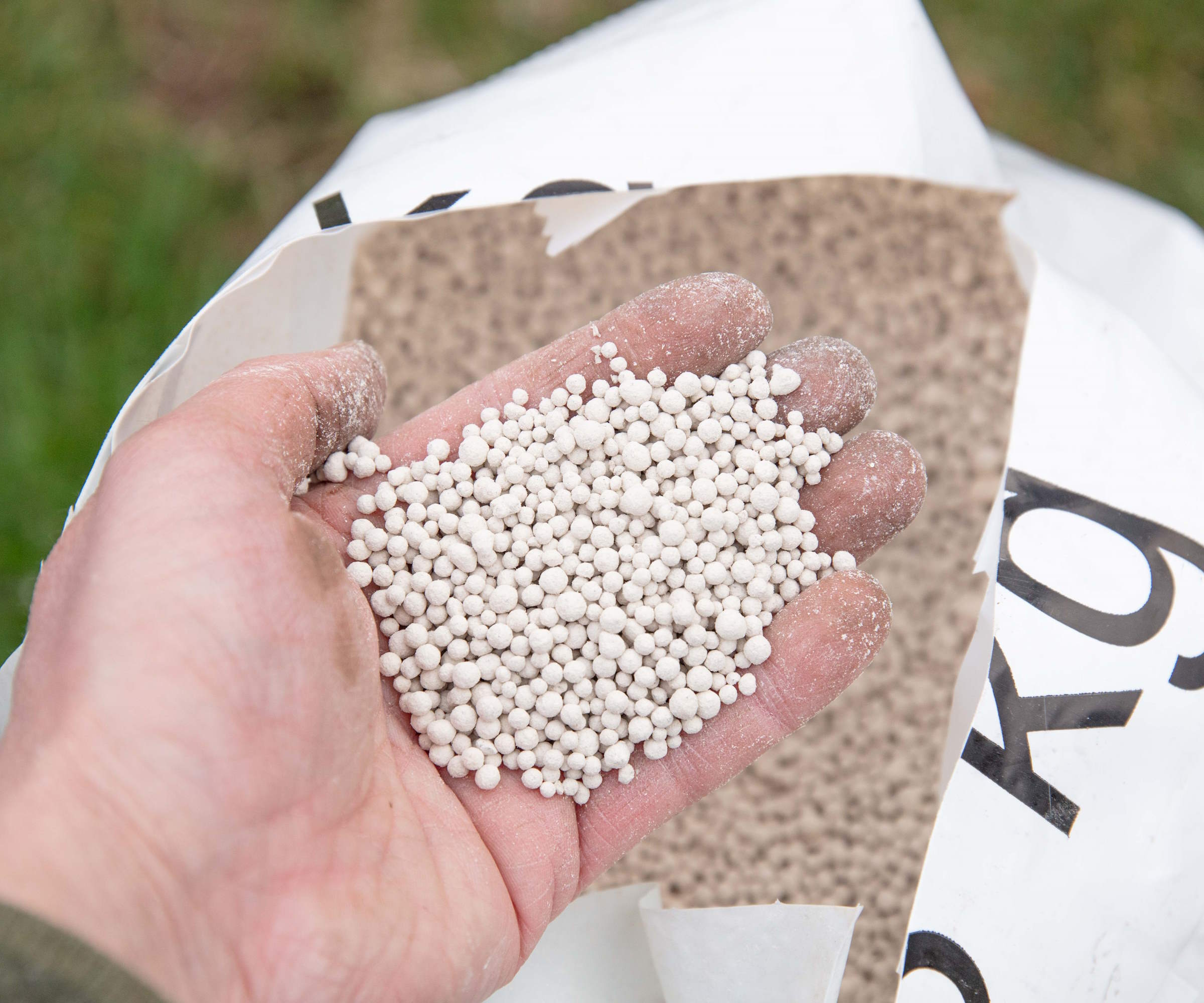
Granular fertilizers can be mixed into the soil
When starting a new lawn, it is common practice to use fertilizer at the time of planting - whether you are growing a new lawn from seed or turf. The types of feed used at this stage are known as starter fertilizers and they are quick-release feeds containing all the nutrients the grass needs to establish, develop roots, and grow healthily.
Using such a starter fertilizer, which may also be described as a turf builder product on packaging, can be a solid first step to getting a green and thick lawn. Mark Marino, the owner of Lawn Phix, explains how the nutrients in the feed benefit specific areas of early grass development.
‘A starter fertilizer will contain higher amounts of nitrogen (the first number on the bag) and phosphorus (the second number). Nitrogen promotes upward grass growth, while phosphorus helps develop strong roots (down),’ he says.
‘The third and last number on the bag is potassium. This nutrient helps the plant with disease and stress resistance, and overall health.’
Starter fertilizers are routinely applied before planting and mixed into the soil. However, they can also be applied afterwards - when they need to be watered in - and still offer all the same benefits.
It is important to follow the instructions on the bag and apply the starter fertilizer at the recommended rate. Adding too much of the product can burn roots and kill grass seedlings.
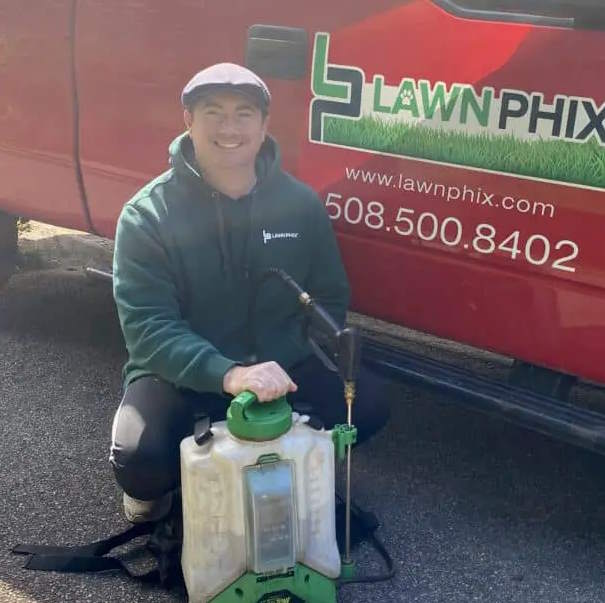
Mark Marino is the owner and operator for Lawn Phix in the state of Massachusetts. He is passionate about nurturing soil health and optimizing turf nutrition, creating an ideal environment for grass to thrive
When to fertilize a newly-seeded lawn
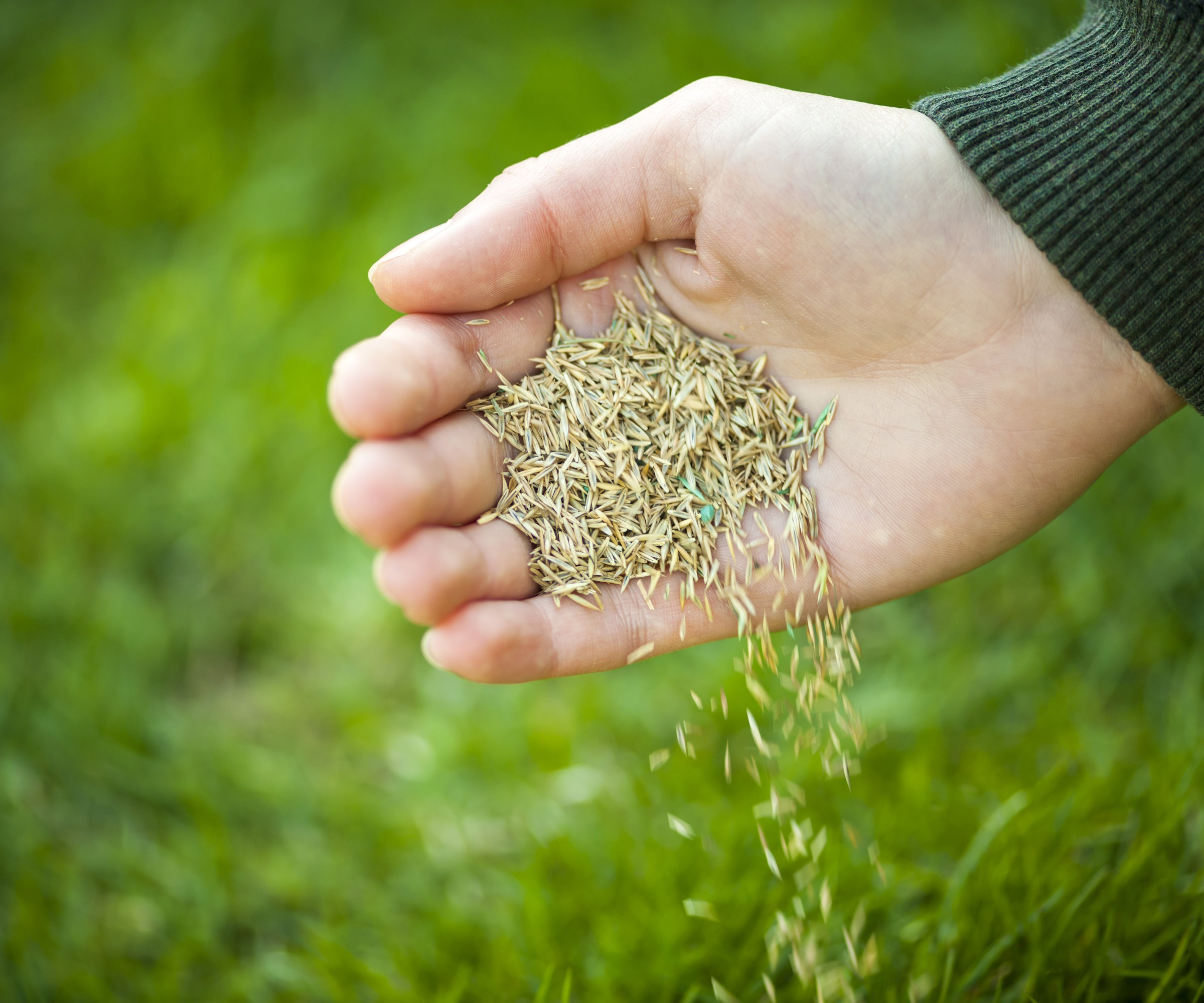
Sowing grass seed is a budget-friendly way to start a new lawn
Prep the soil ahead of planting grass seed by weeding, raking the soil level, and adding a granular starter fertilizer to the site. If you cannot apply the feed before planting, it can be added once the grass germinates.
Depending on the type of grass variety you sow, and if you use any of the fast-growing grass seeds, it will be around six weeks until you need to fertilize the new lawn again.
Mark Marino recommends ‘wait until you've mowed the new grass 2-3 times before fertilizing again’ and when that time is will depend on conditions including ‘watering, outside and soil temperatures, and sunlight’.
At this stage, a beneficial feed will be higher in nitrogen and phosphorus as a new lawn wants both nutrients in equal measure to develop strong roots and shoots and for the grass to be healthy.
When to fertilize a new sod lawn
It is also best to put down a starter fertilizer when you lay the turf, or shortly afterwards. The next fertilizer application should be at least 4-6 weeks after the turf was laid, by which time the roots should have taken.
At this stage, apply a second dose of starter fertilizer as new turf benefits again from the nutrient makeup of such a product. You should wait at least three months after laying the turf to start using normal seasonal lawn fertilizers on a newly-laid sod lawn.
What is the best fertilizer for a new lawn?
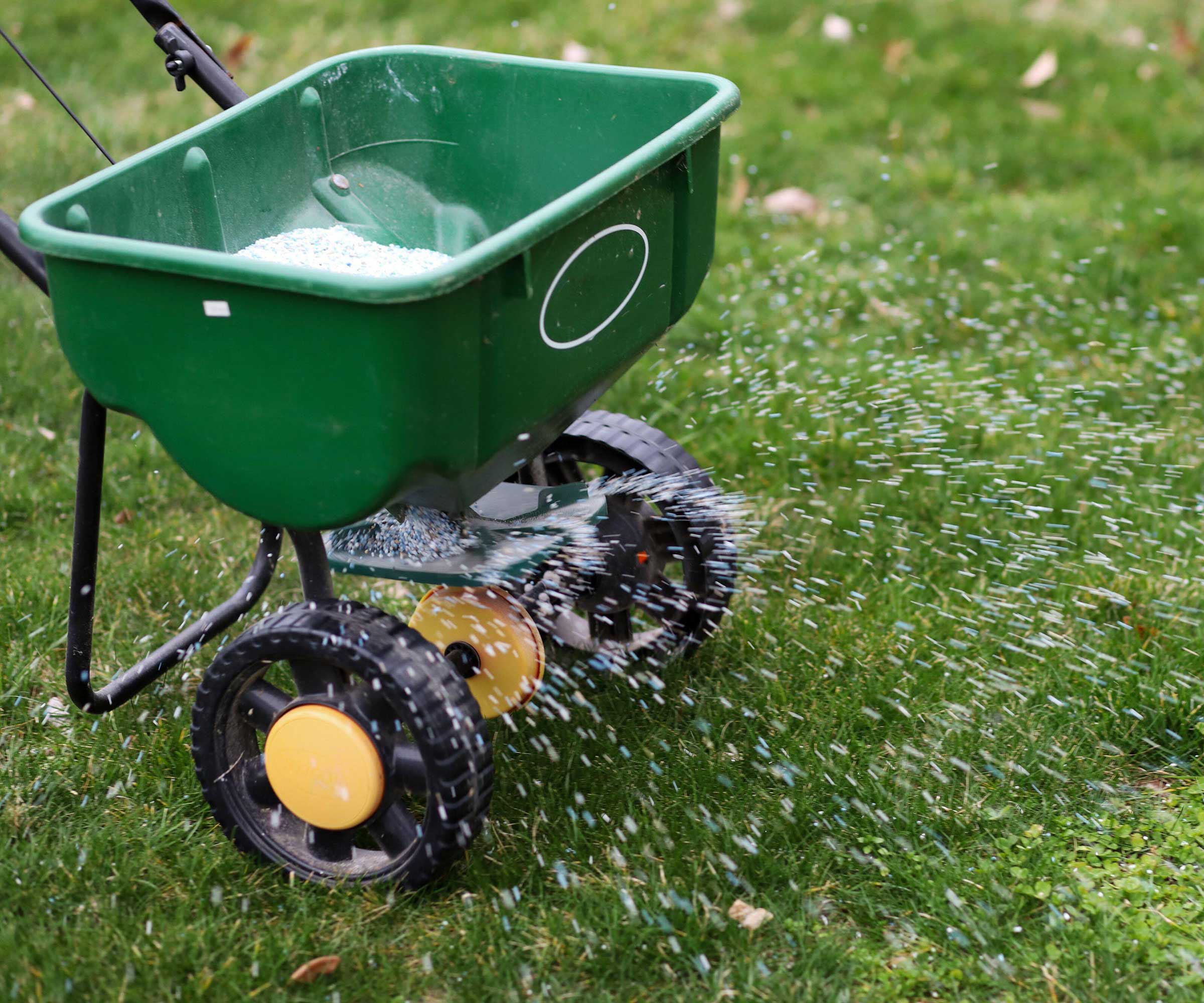
Any lawn fertilizer must be applied at the recommended rate
The best fertilizer will contain all the nutrients required to get the grass seeds off to the ideal start and establish a beautiful lawn.
Avoid using any product sold as a ‘weed and feed’ unless it is specially designed to be used when starting a new lawn - otherwise, the products will contain herbicides that will affect the germination of most grass seeds.
‘I recommend applying a starter fertilizer – either 19-19-19 ‘Triple 19’ or 18-24-12,' says Mark Marino. ‘Scotts Turf Builder Triple Action Built For Seeding is a good all-in-one choice for those looking to use granular only. Scott's is popular and can be purchased virtually anywhere.’
A beneficial product to use for a second feed on a new lawn from seed will be higher in nitrogen and phosphorus. One example is this full-season lawn fertilizer, available at Walmart.
Shop starter fertilizers
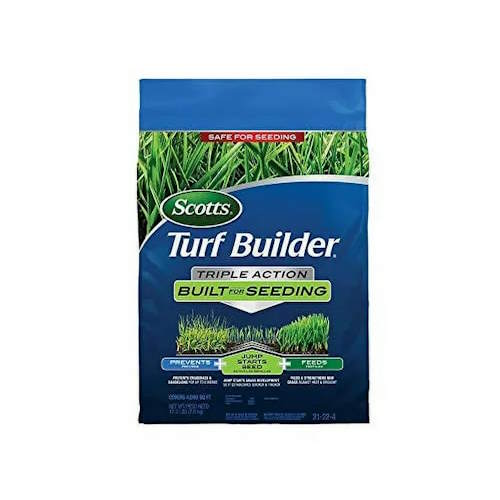
A mix of pre-emergent weed killer plus lawn fertilizer to be used when planting new grass.
FAQs
Can you put fertilizer down with grass seed?
A fertilizer specially formulated to go alongside seeding can be put down with grass seed. A slow-release granular feed can be applied at the time of planting, however, it does need to be a balanced feed to ensure the grass develops strong roots and shoots.
Adding a fertilizer that is too high in nitrogen will promote lush shoot growth, but less root growth - leaving the lawn susceptible to drought or frost. Take care not to apply feeds with herbicides that may inhibit the grass seed from germinating.
If your lawn is patchy but not quite at the level of needing a full overhaul, then overseeding can repair patches in the grass. It is a useful fall lawn care or spring lawn care task that can help you cover up unwanted bare spots in any lawn.
Sign up to the Homes & Gardens newsletter
Design expertise in your inbox – from inspiring decorating ideas and beautiful celebrity homes to practical gardening advice and shopping round-ups.

Drew’s passion for gardening started with growing vegetables and salad in raised beds in a small urban terrace garden. He has worked as a professional gardener in historic gardens and specialises in growing vegetables, fruit, herbs, and cut flowers as a kitchen gardener. That passion for growing extends to being an allotmenteer, garden blogger, and producing how-to gardening guides for websites. Drew was shortlisted for the New Talent of the Year award at the 2023 Garden Media Guild Awards.
-
 Martha Stewart's houses – inside her most iconic properties, from Cantitoe Corners to Turkey Hill
Martha Stewart's houses – inside her most iconic properties, from Cantitoe Corners to Turkey HillThe lifestyle guru built her legacy around her homes, some of which are the most recognized homes in modern American history – we explore her portfolio
By Megan Slack Published
-
 These 5 plants can help you get the best, and potentially tastiest, broccoli ever – discover what to plant with broccoli, and what to avoid
These 5 plants can help you get the best, and potentially tastiest, broccoli ever – discover what to plant with broccoli, and what to avoidOur selection of vegetables, herbs, and flowers is perfect for companion planting with broccoli
By Drew Swainston Published
